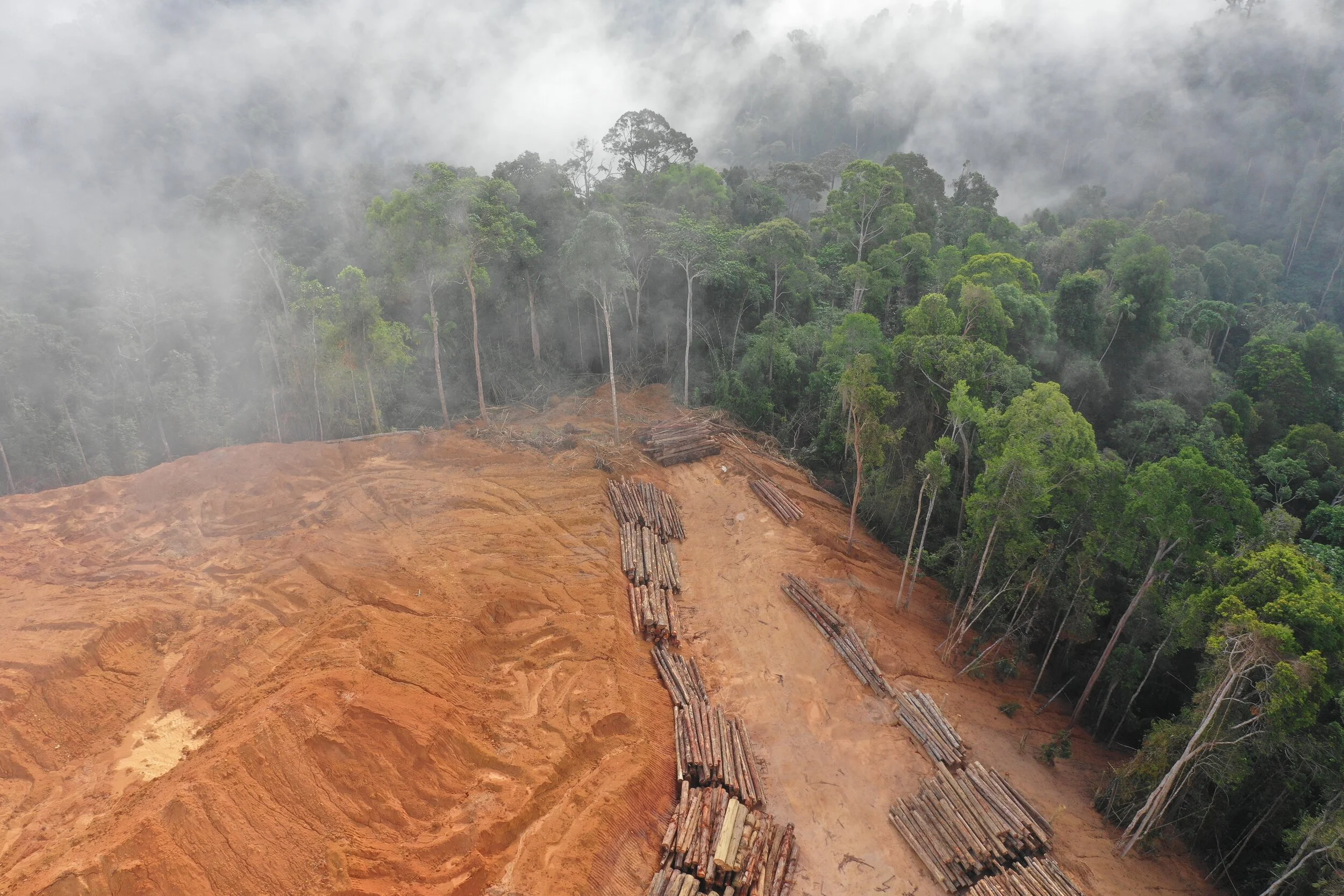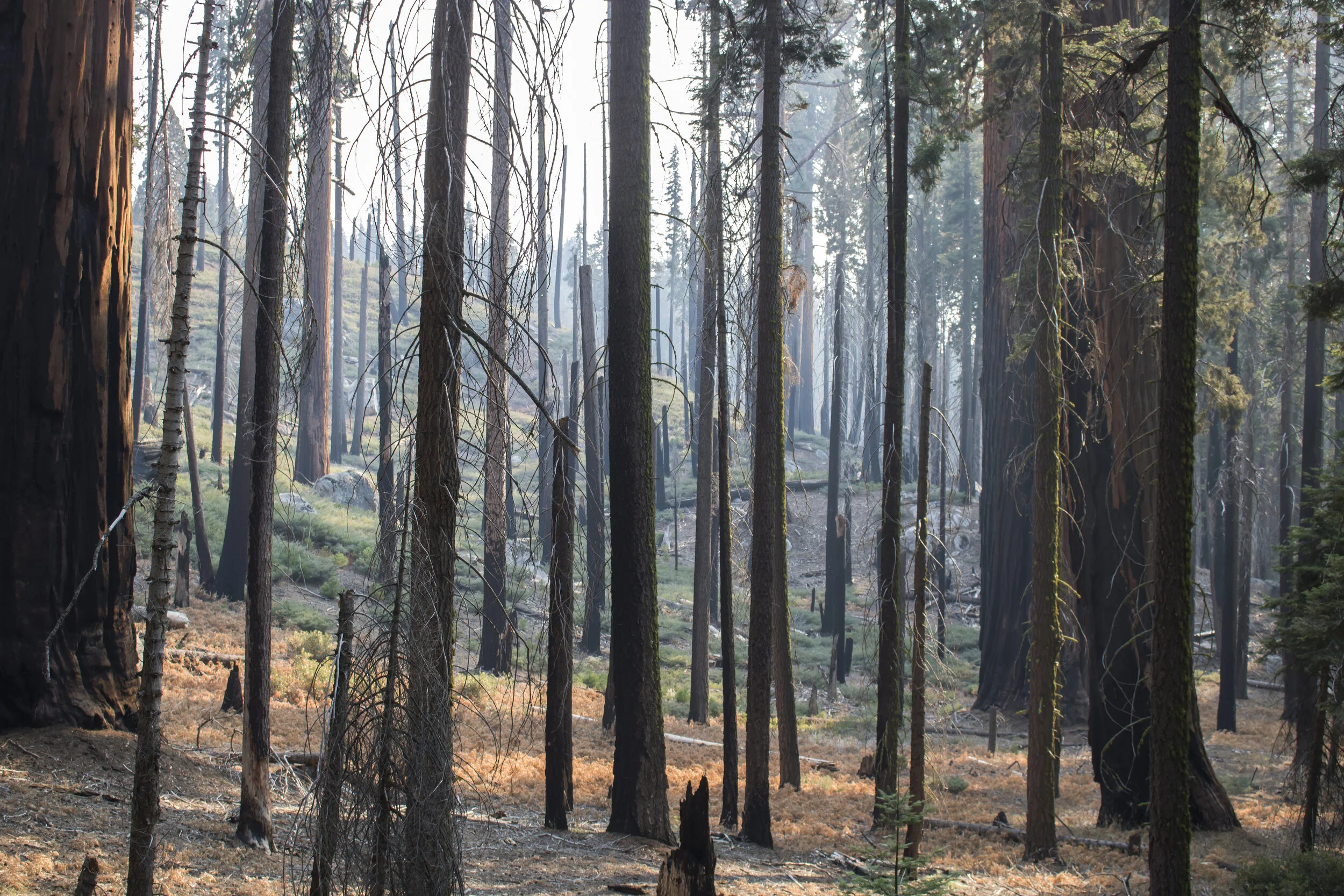The Solution:
Focus on Biodiversity and Tree & Soil Health
Trees Equal Water
Plants conduct evapotranspiration, which means that they not only release oxygen but put moisture and particulates into the air. This moisture and particulates create beneficial atmospheric conditions. In the case of the Amazon rain forest, where millions of trees draw up water from their roots and releasing it into the air, an enormous “flying river” is created in the sky. This sky-high “river,” which can even be seen from space, eventually drops its water as rain onto the Amazon basin. The atmospheric river also creates worldwide weather patterns that all life depends upon and brings nutrients to oceans to feed microscopic life that the marine biodiversity depends upon for survival.
Thus, deforestation is not just a “backyard” problem, it is a global one. In addition, as trees die off, they are no longer able to take carbon dioxide from the atmosphere, which leads to further global warming.
The Land Feeds the Animals: The Animals Feed the Land
We recognize that the many wild animals who depend on forest ecosystems to survive also contribute to their health. A key requirement of ecosystem resiliency is healthy moist soil. Every gardener knows that to grow healthy plants, one needs water and organic matter for healthy soil. For example, birds and wildlife play essential roles as fertilizers of forest soils.
This “wildlife manure” filters pollutants and increases the retention of water and nutrients, making plants more productive. Thus wildlife biodiversity is critical for the health of forest systems.
Four Primary Goals
1. EVALUATE AND ASSESS THE HEALTH OF FOREST ECOSYSTEMS (SOIL, PLANTS AND TREES, AND WILDLIFE)
Forest soil testing
Disease screening
Population surveys
Evapotranspiration Tests
2. ENCOURAGE AND BUILD UPON WILDLIFE BIODIVERSITY
Provide water for wildlife
Remove non-necessary fencing
Plant native shrubs and trees that provide food and homes for wildlife
Add wildlife cameras to track and understand wildlife numbers
Seasonal irrigation of large native trees & addition of organic matter and natural organic fertilizers
Use field workers, drones, helicopters and planes to drop soil organic matter and soil additives
Herd animals to reduce brush and provide organic matter
Seed native fungus and mushrooms to decompose dead trees, build soil and increase root vitality
3. EDUCATE THE PUBLIC ON THE STATE OF OUR FORESTS AND SHARE innovative restoration techniques
Webinars and in-person seminars & outdoor workshops
Workshops in soil testing, restoration, biodiversity, and more
Train high school interns in habitat restoration and environmental communications
4. Shift fire prevention strategies away from forest thinning – to direct home building hardening
Shift fire prevention strategies away from forest thinning – to direct home building hardening
Prohibit springtime timber harvests
Make knowledge of soil moisture/importance of evapo-transpiration/biodiversity key requirements for professional forester certifications




